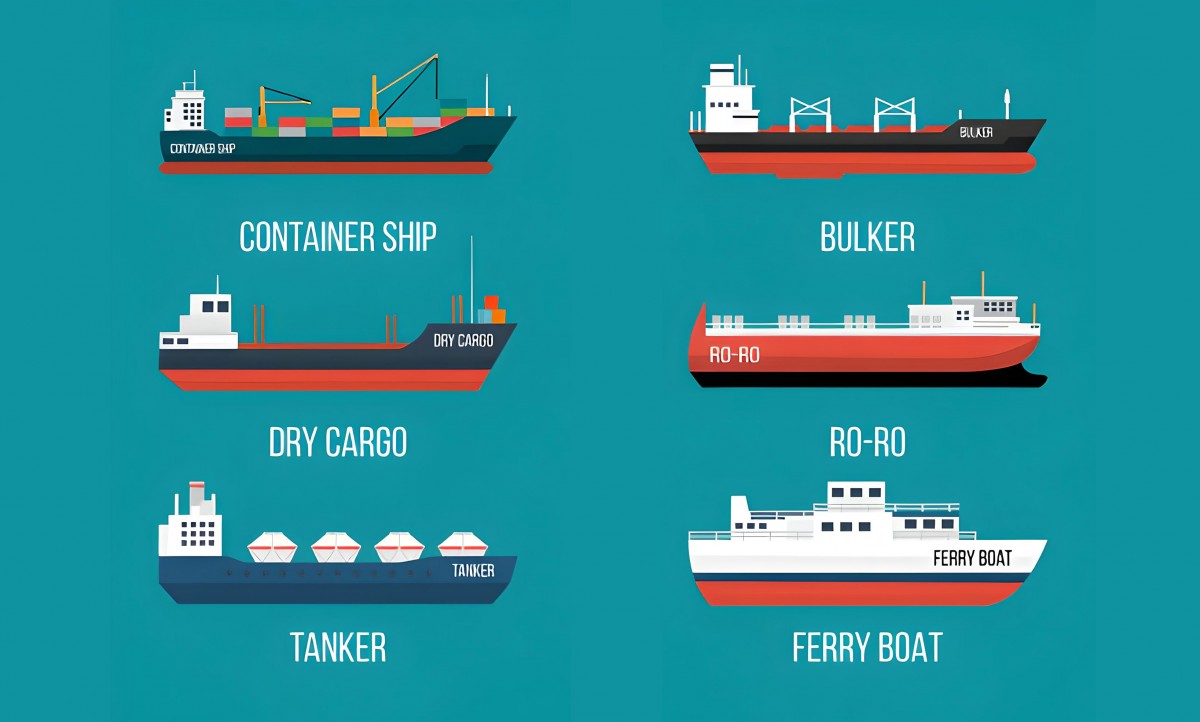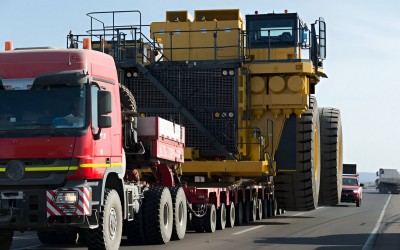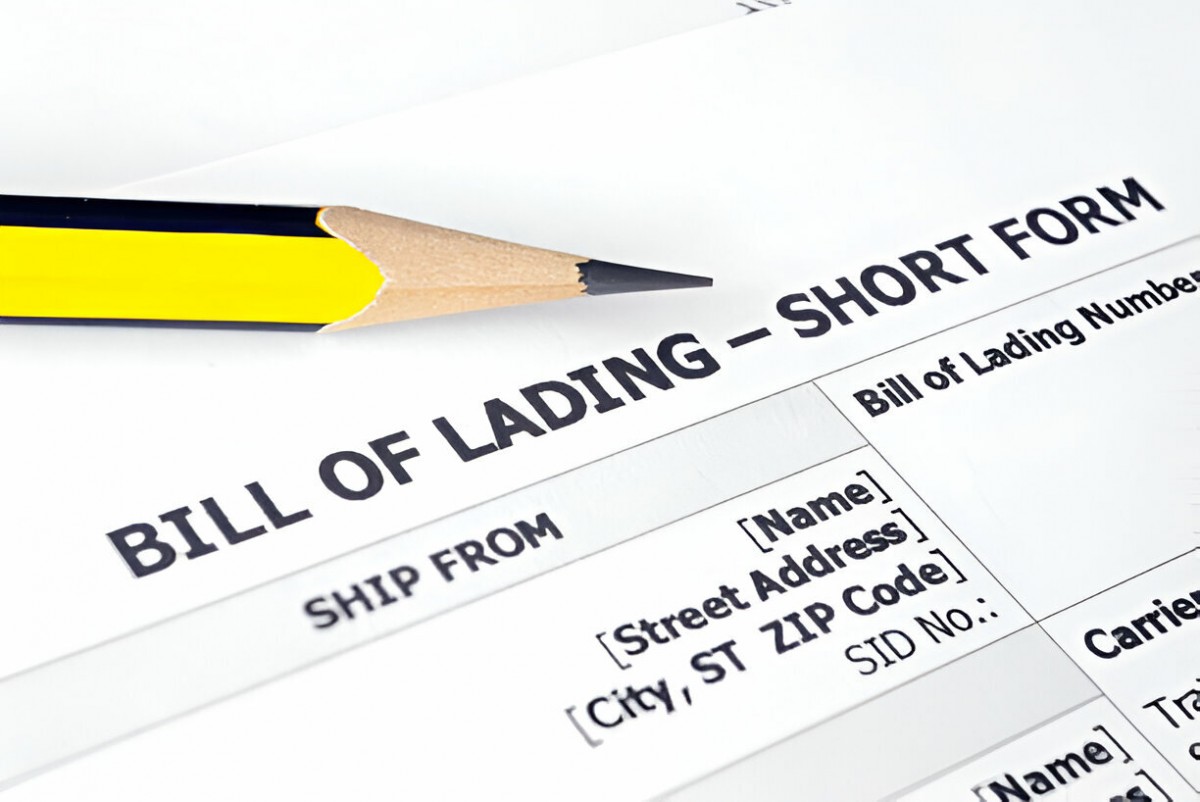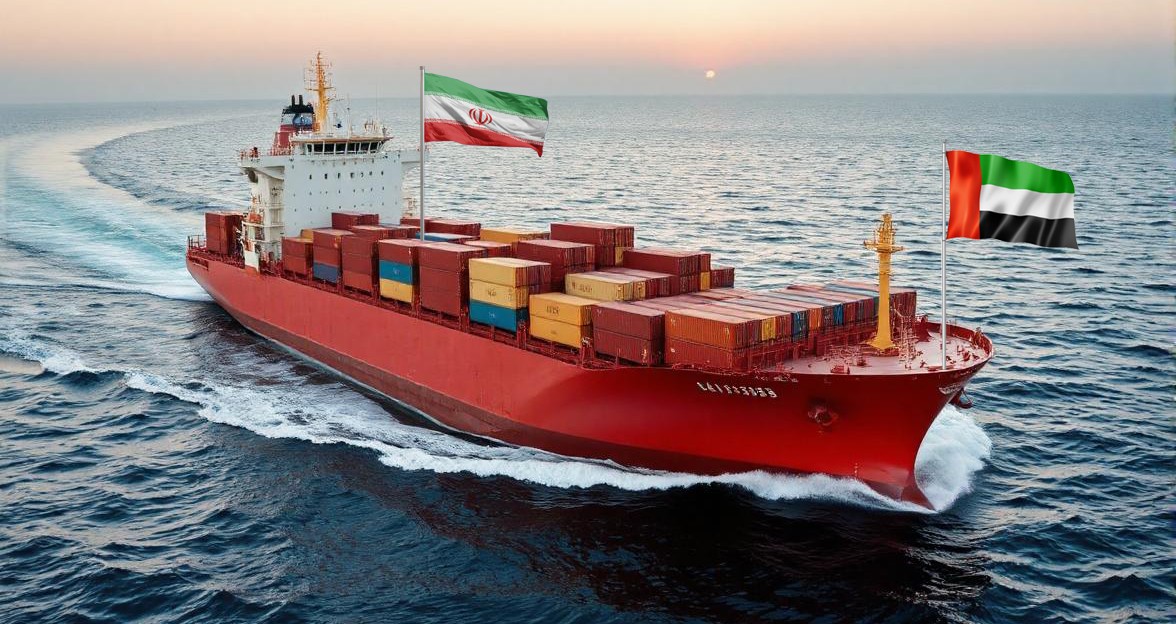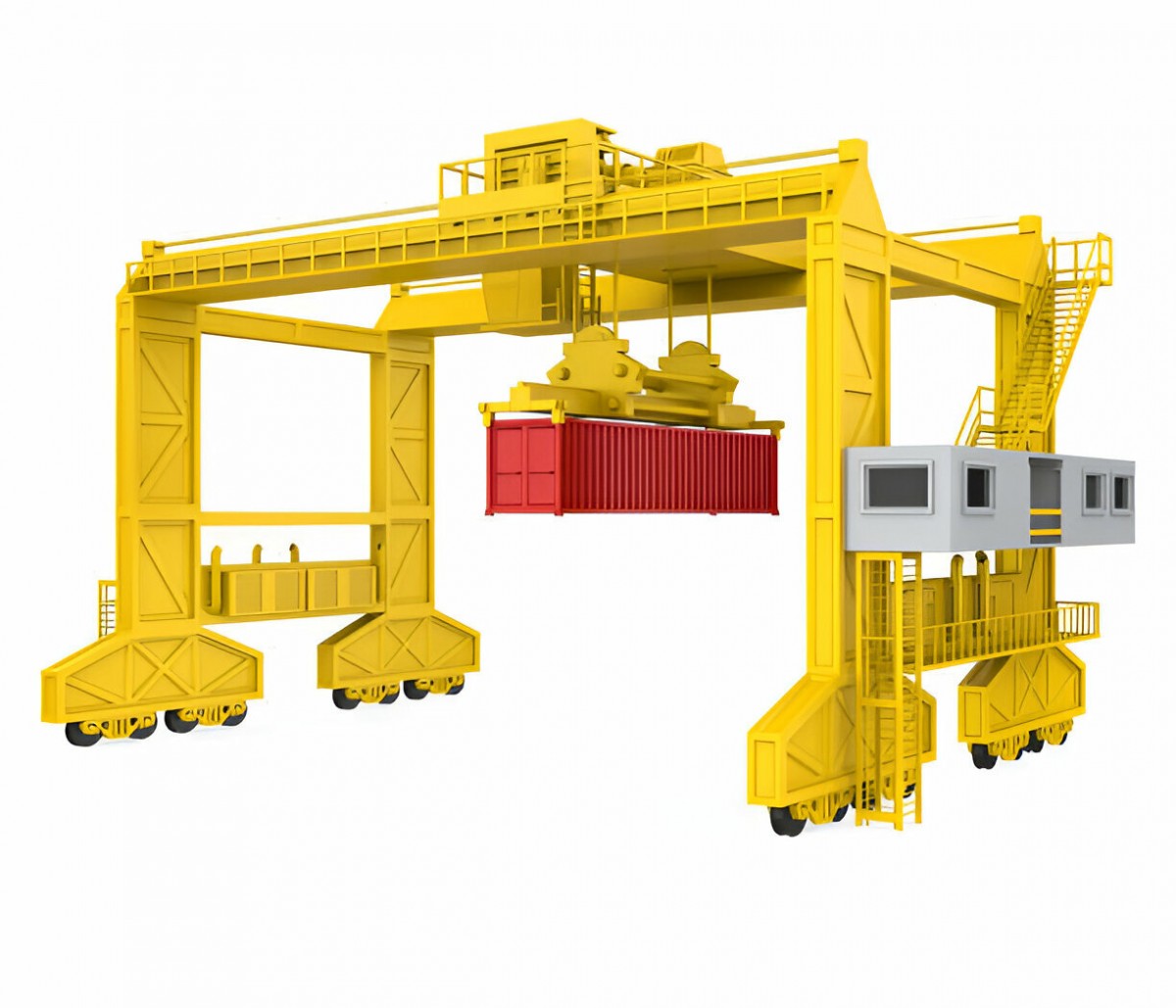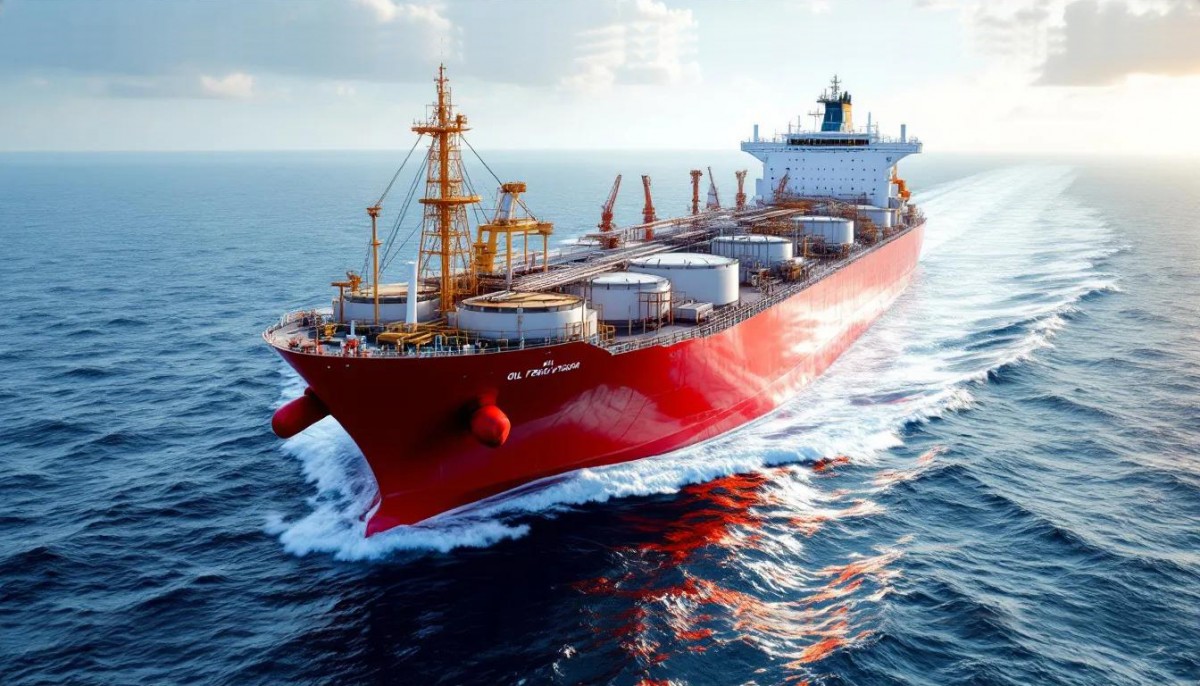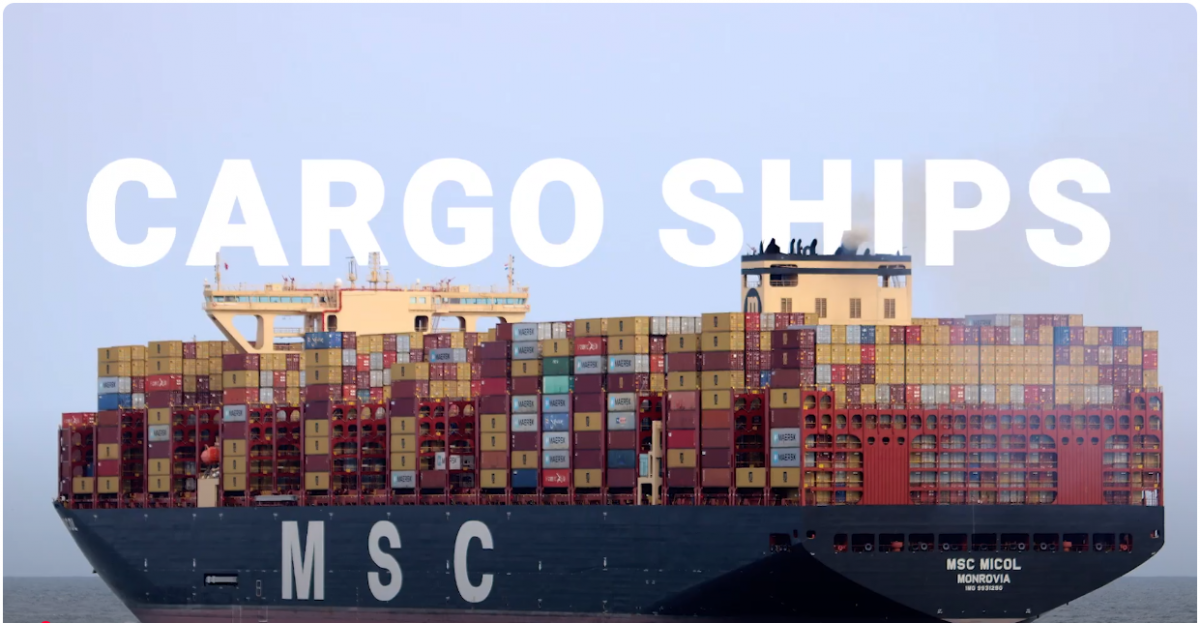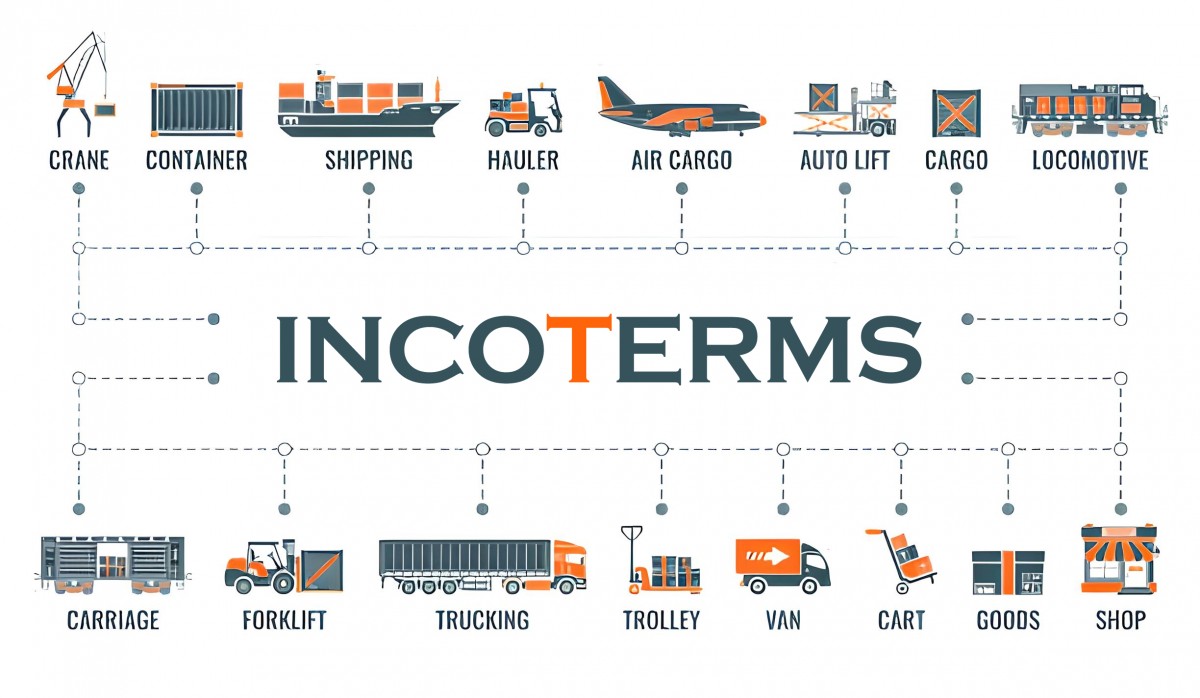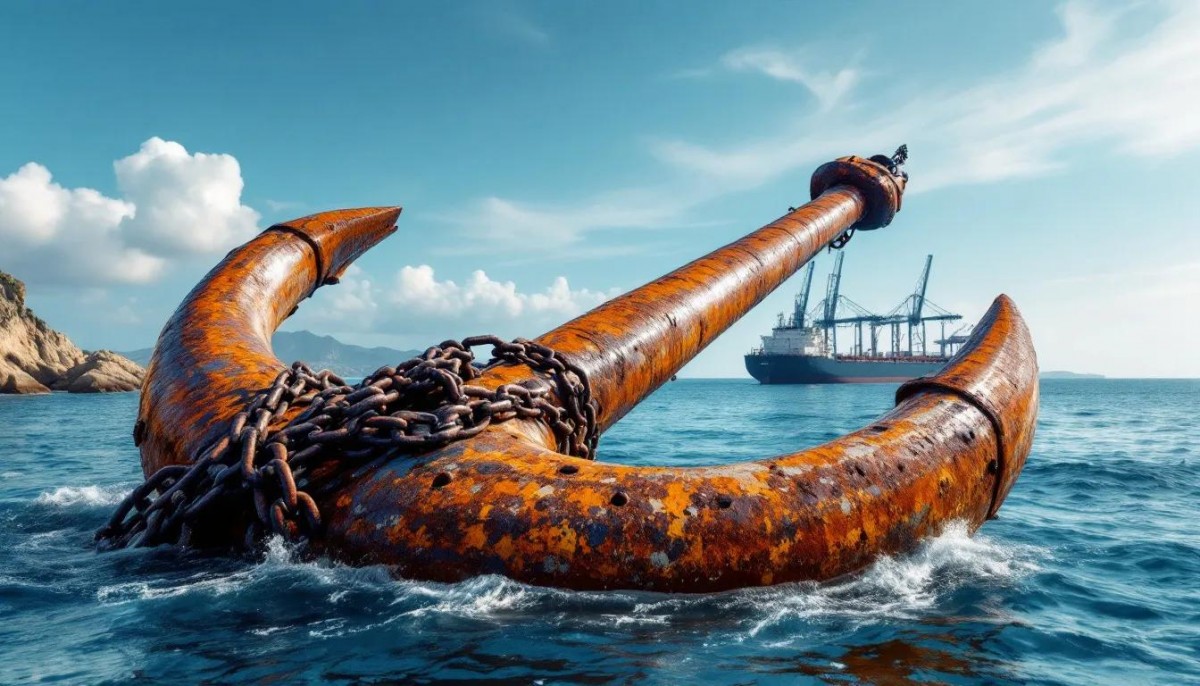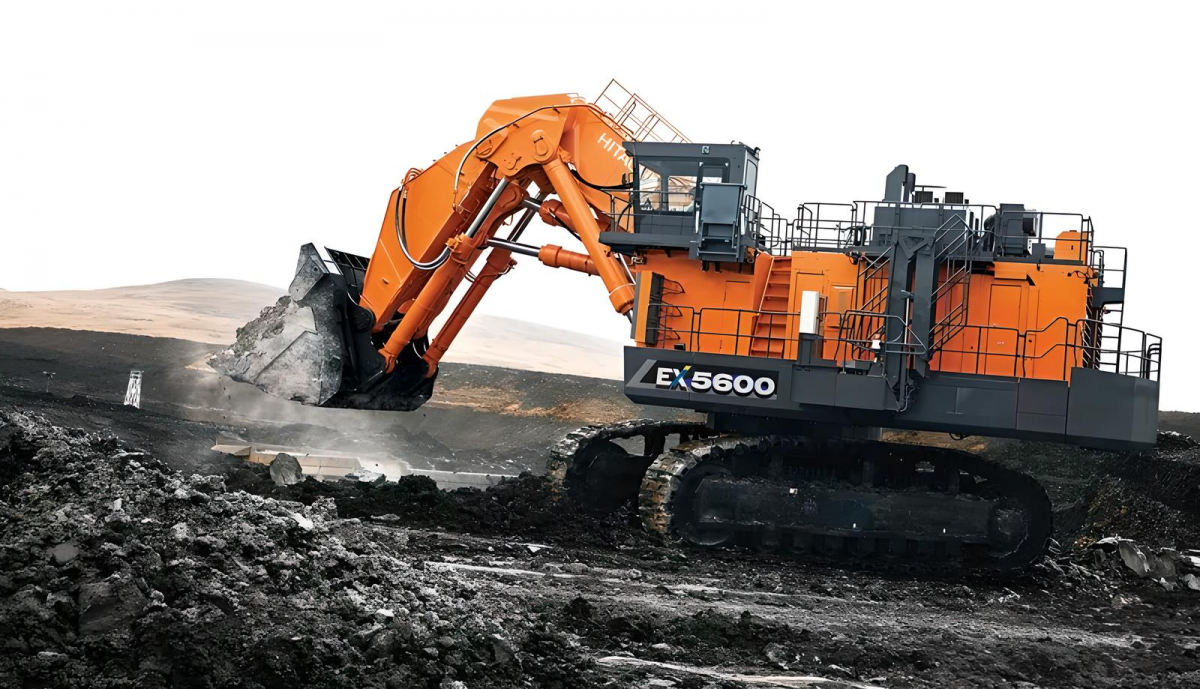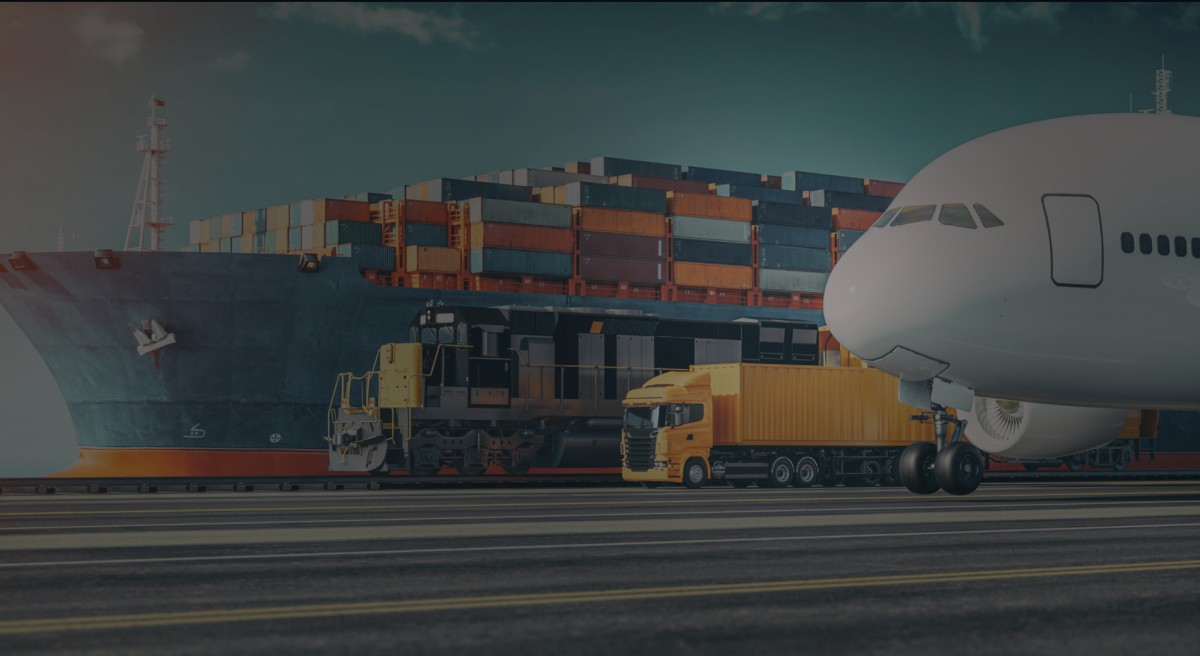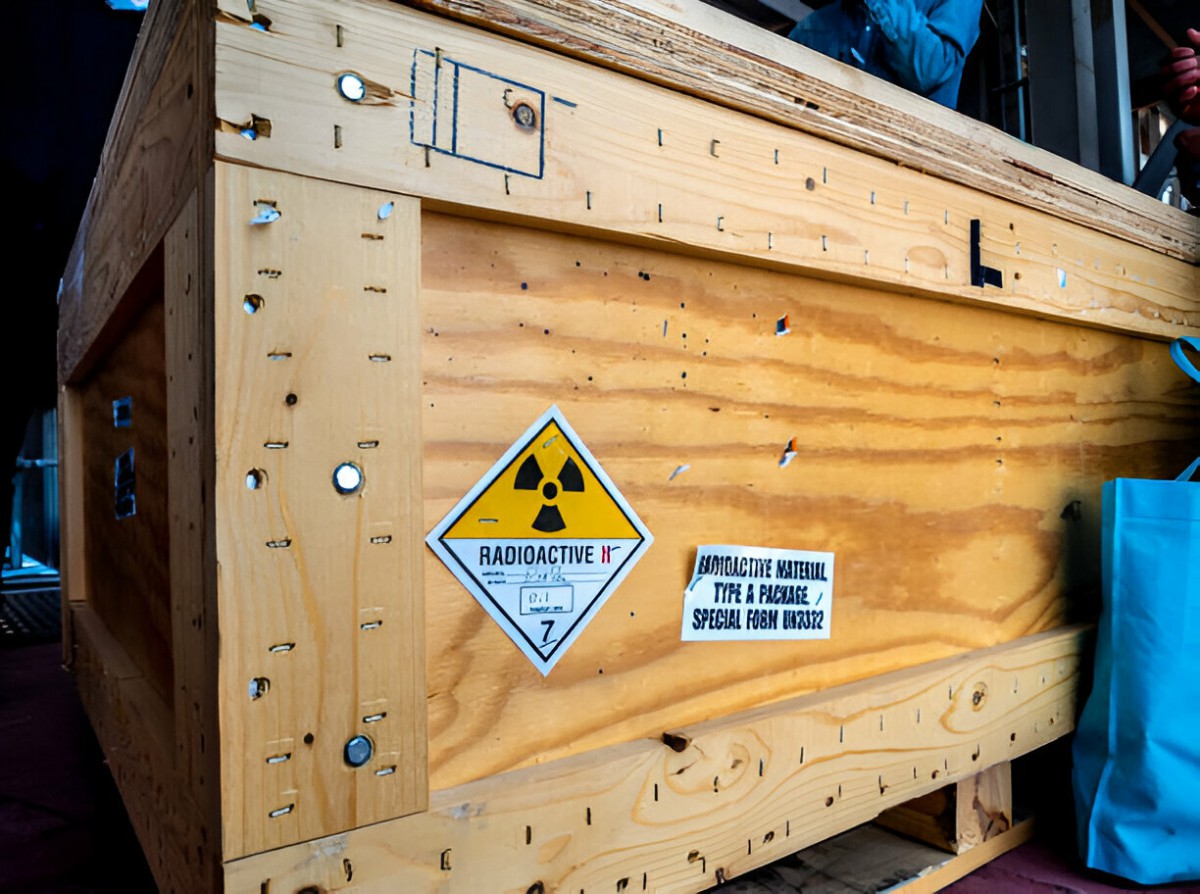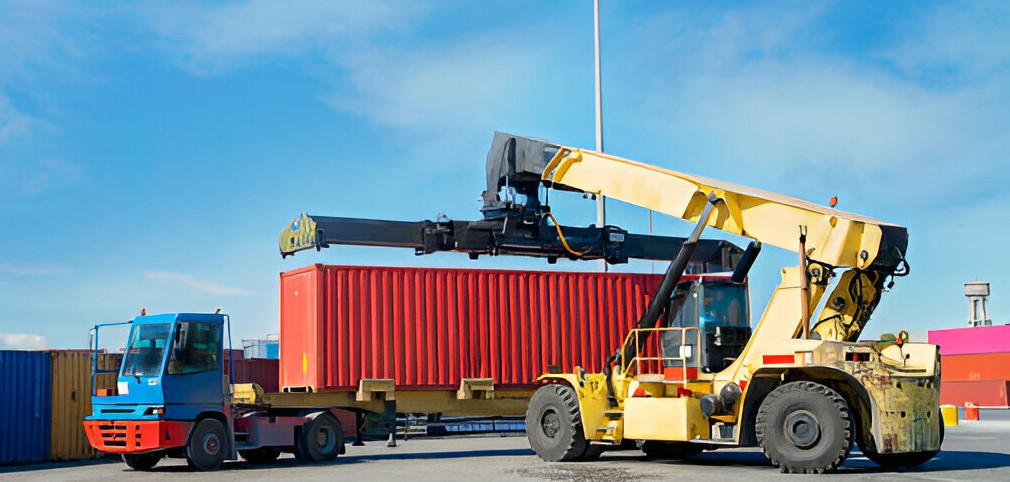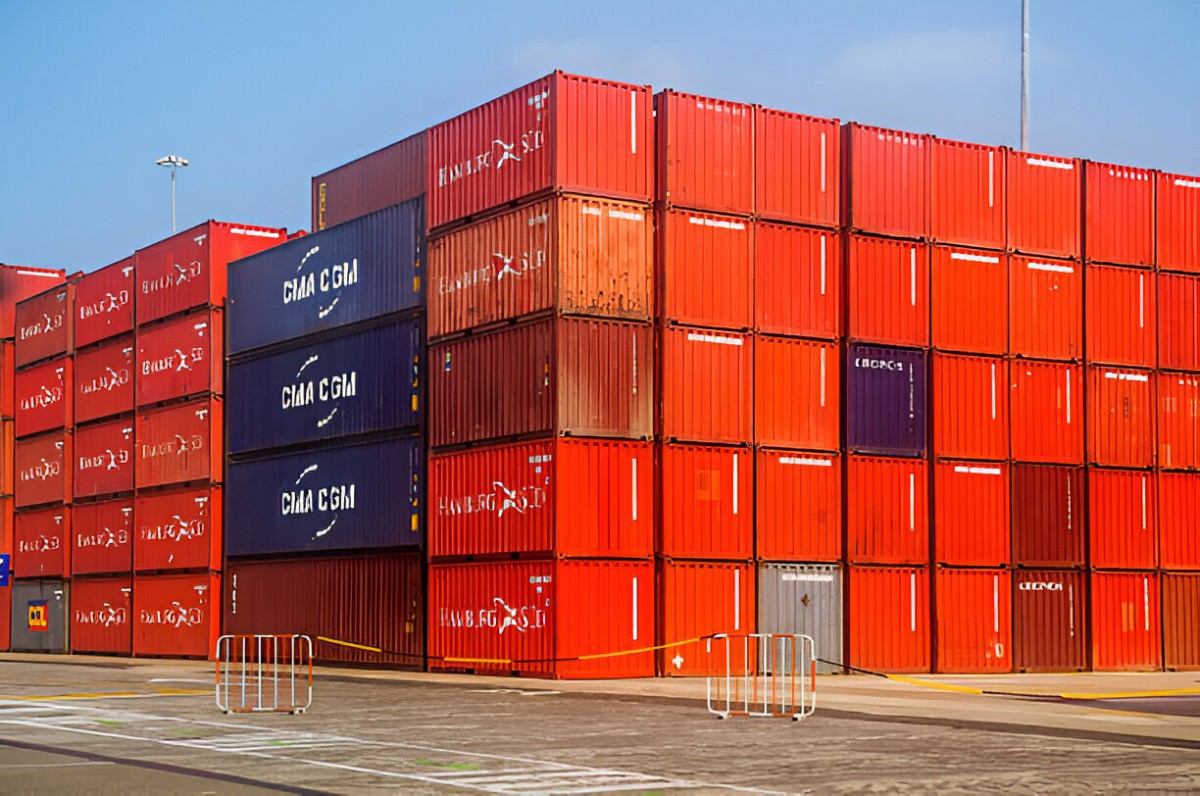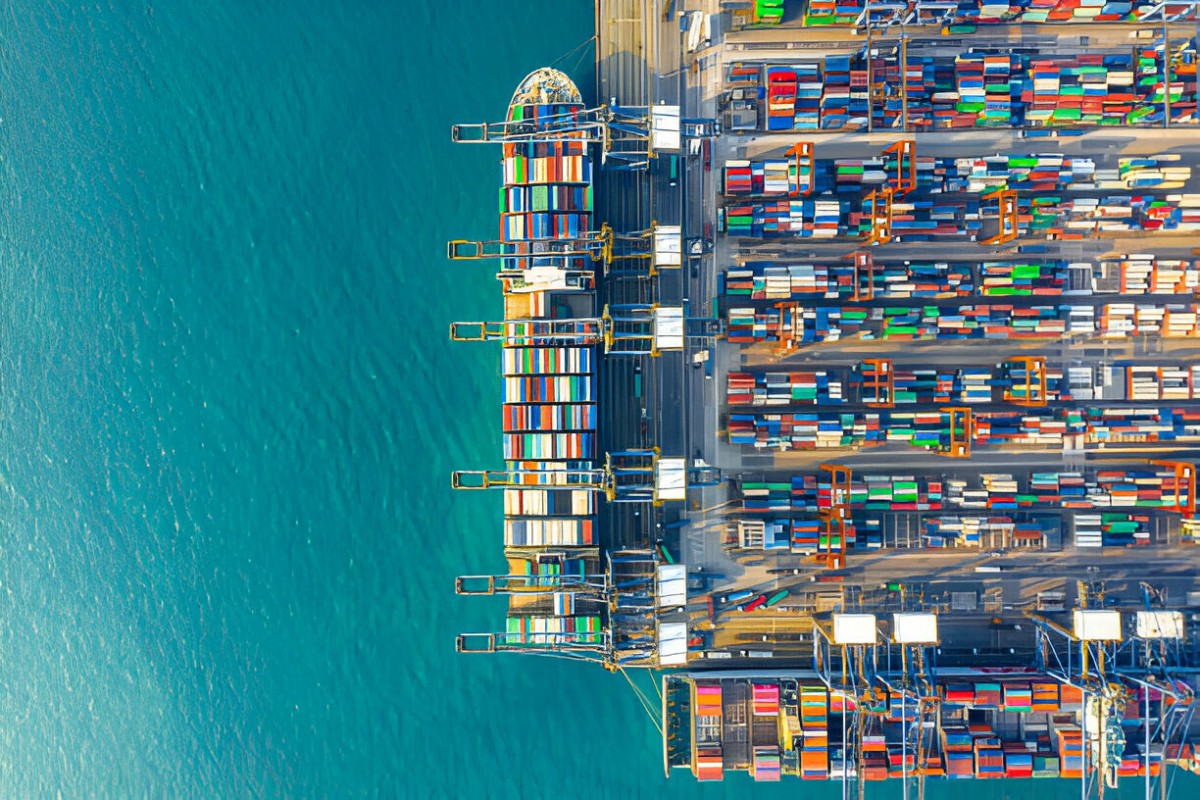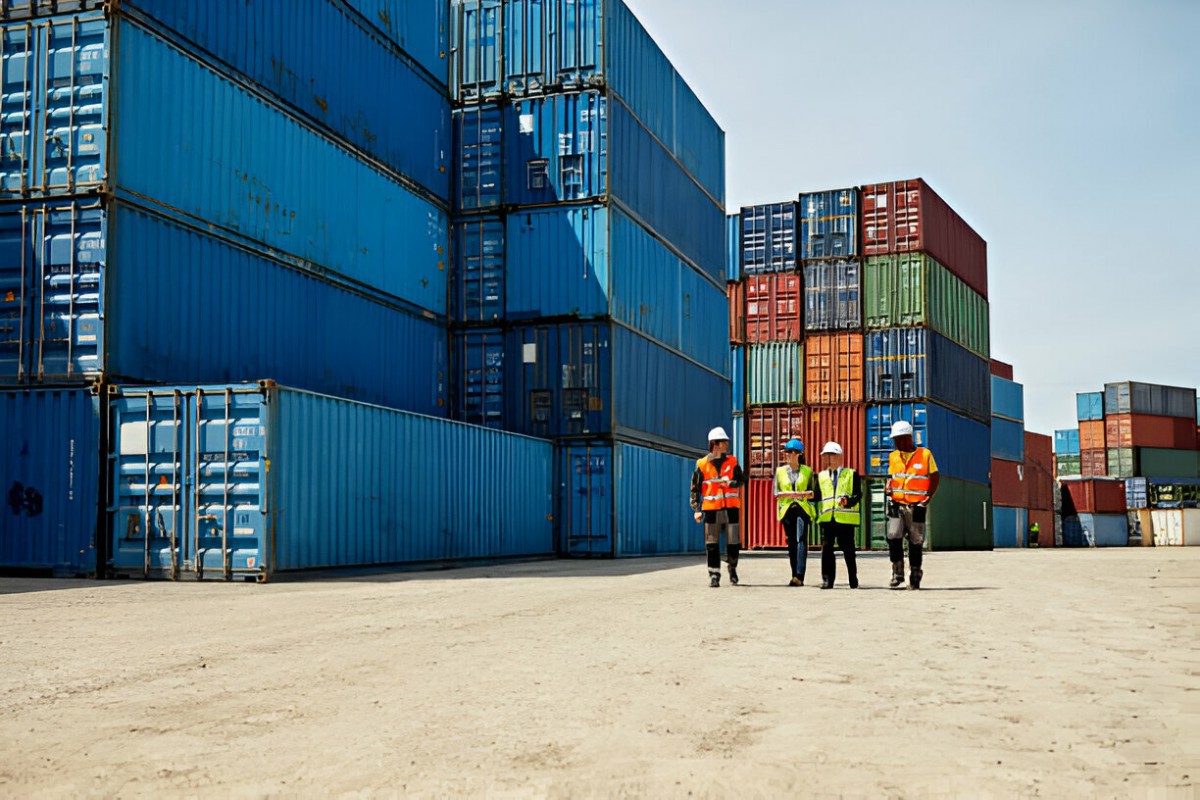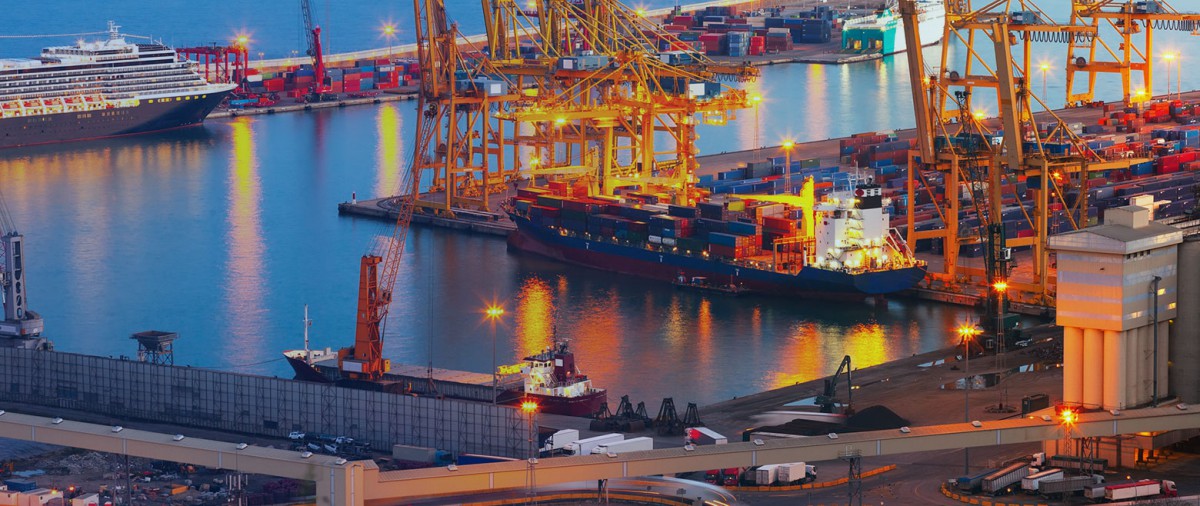Cargo ships in maritime transport are categorized based on the type of goods they carry and the transportation methods used. Each type is uniquely designed and equipped to handle specific cargo efficiently. This article explores the various types of cargo ships used globally.
Introduction to Types of Cargo Ships in Maritime Transport
What is a Cargo Ship?
A cargo ship is a commercial vessel designed to transport goods across oceans. These ships play a vital role in international trade by moving vast quantities of cargo between countries. While cargo ships differ in design, size, and the type of goods they carry, their primary purpose remains the same: ensuring the safe, fast, and cost-effective transportation of goods.
Types of Cargo Ships in Maritime Transport
Cargo ships are specialized to transport large volumes of goods over extended periods. They are classified based on the weight, volume of cargo, and the ship's capacity to handle it. Below are the main types of cargo ships:
1. Container Ships
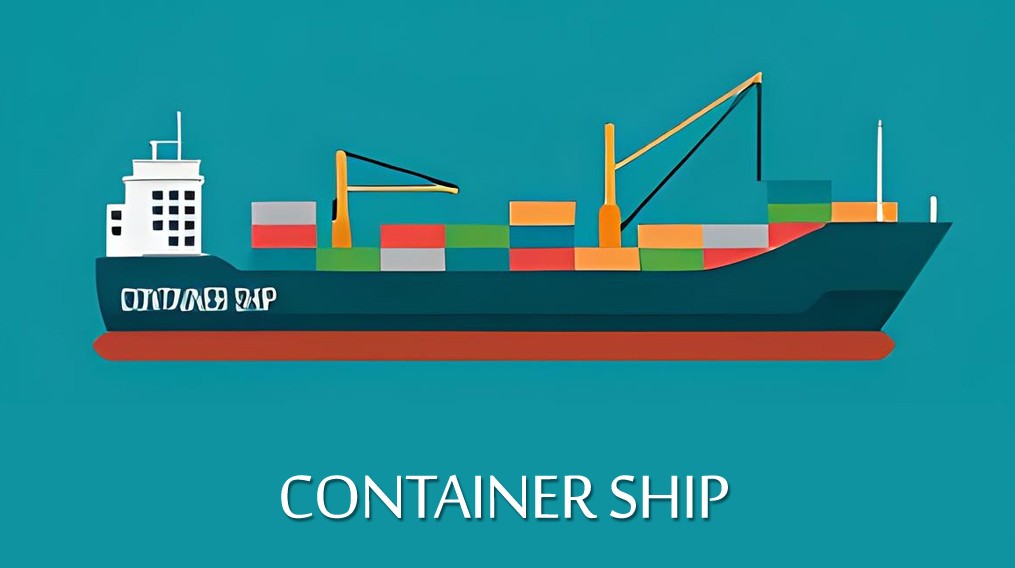
Container ships are designed to transport standardized containers using a modular system, which enhances loading and unloading efficiency.
- Features: Fast, secure, and suitable for diverse cargo types.
- Applications: Consumer goods, machinery, and sensitive cargo.
2. Bulk Carriers
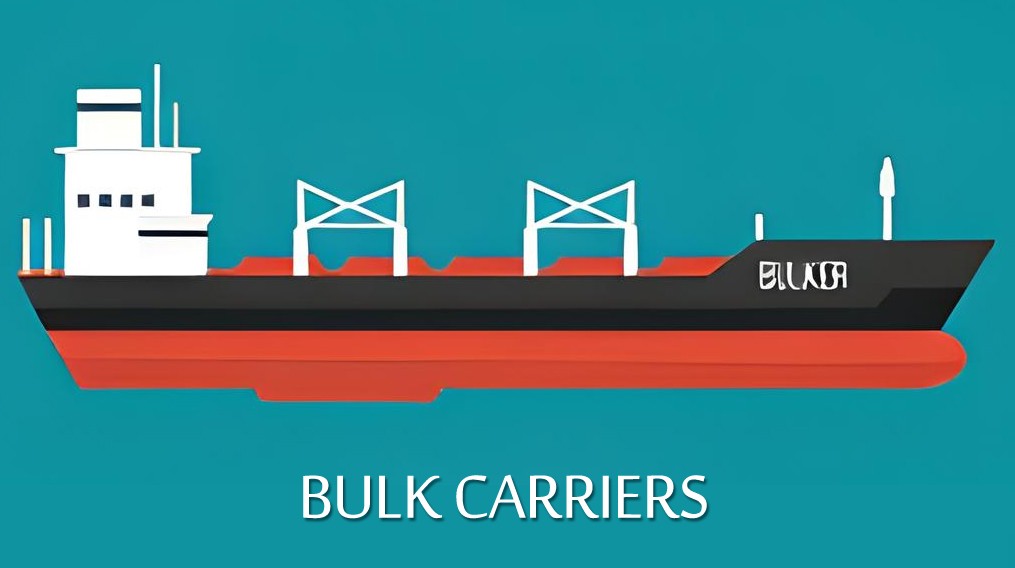
Bulk carriers are used for transporting unpackaged bulk materials such as grains, iron ore, coal, and cement.
- Features: Large cargo holds with no need for special packaging.
- Applications: Solid, unpackaged goods.
3. Tankers
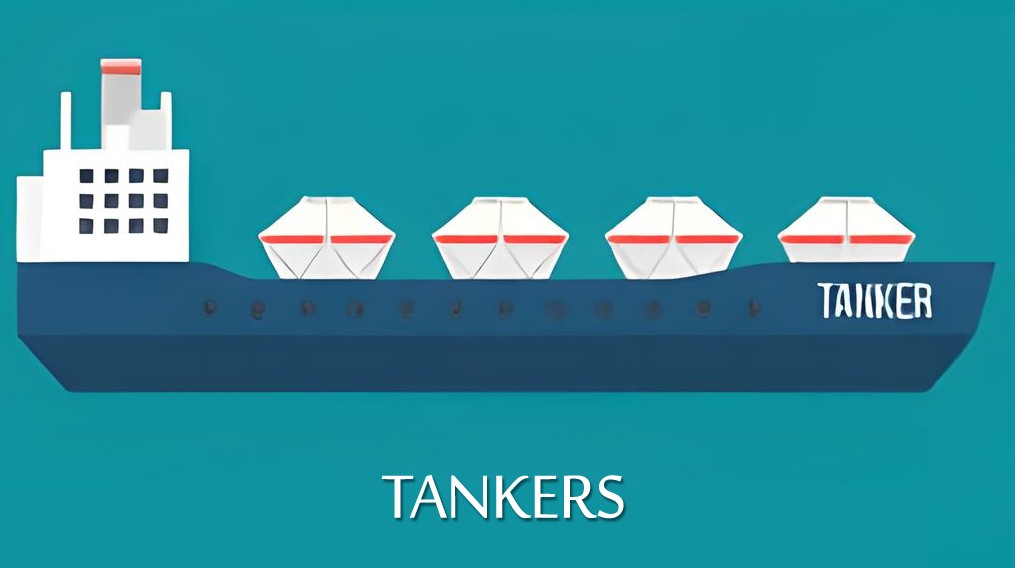
Tankers are specialized vessels designed for transporting liquids, including crude oil, petroleum products, liquefied natural gas (LNG), and chemicals.
- Main Types:
- VLCC (Very Large Crude Carriers): For crude oil.
- LNG Carriers: For liquefied natural gas.
- Features: Specialized tanks to prevent leaks and ensure safety.
4. Multi-Purpose Vessels (MPVs)
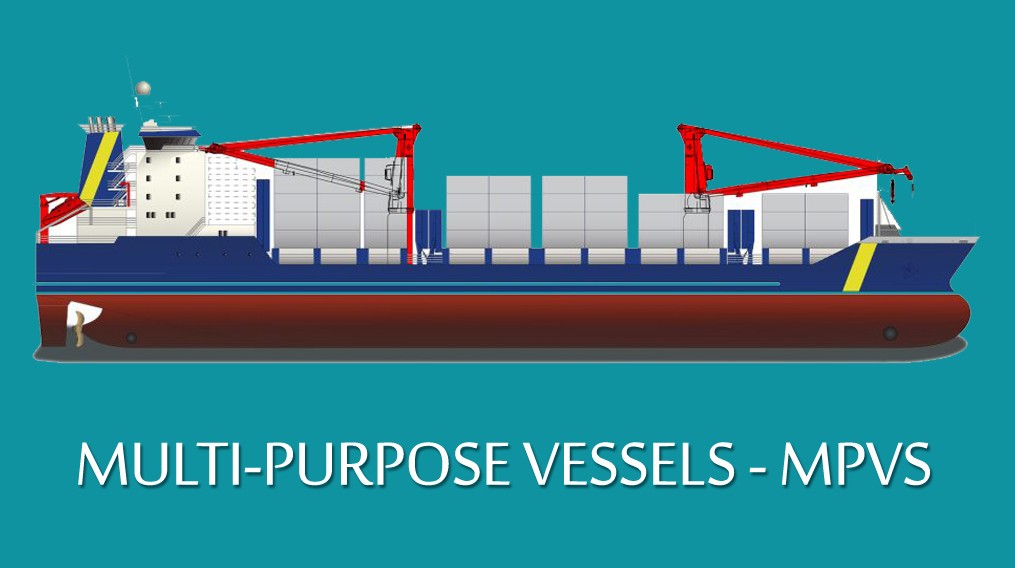
These vessels can carry a variety of cargo types, including containers, bulk goods, and oversized items.
- Features: Versatile and adaptable for different routes.
- Applications: Project cargo and mixed shipments.
5. Ro-Ro Ships (Roll-On/Roll-Off)
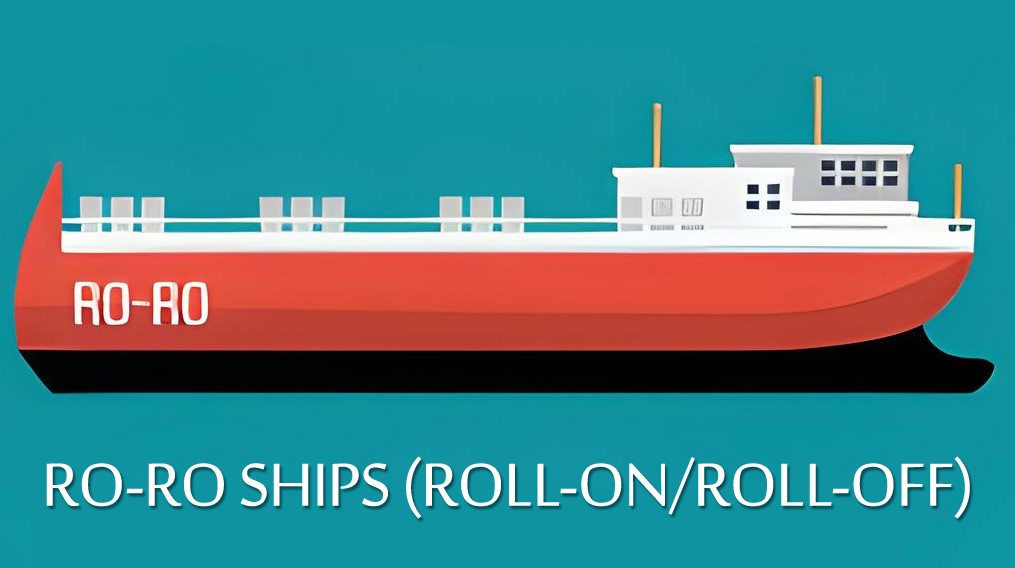
Ro-Ro ships are designed for transporting vehicles such as trucks, cars, and heavy machinery.
- Features: Equipped with ramps for quick loading and unloading.
- Applications: Vehicle transport and heavy equipment.
6. Icebreaker Ships
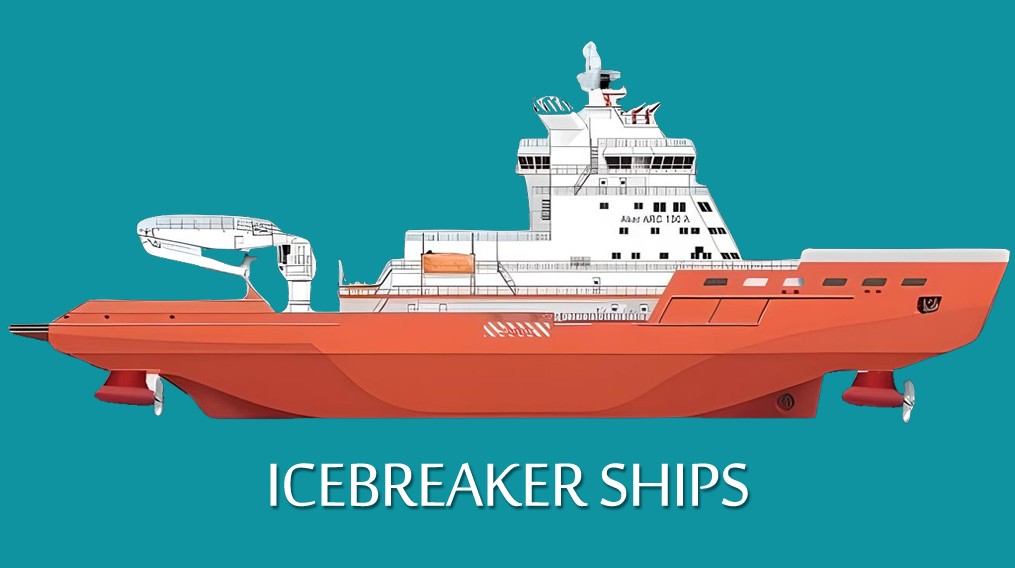
Icebreaker ships operate in polar regions, breaking sea ice to allow navigation and cargo transport.
- Features: Reinforced hulls and powerful engines.
- Applications: Arctic and Antarctic routes.
7. Grain Carriers
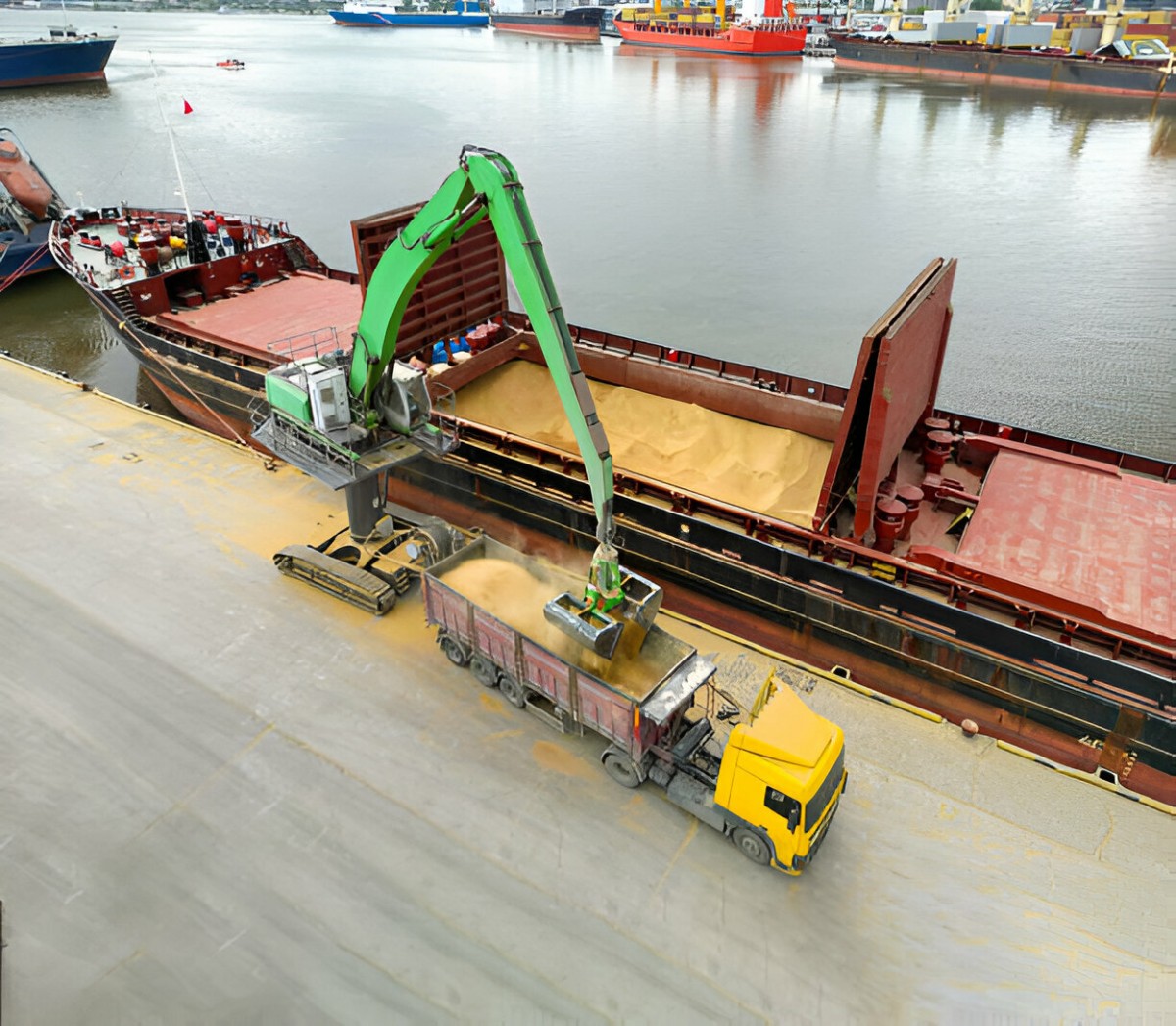
Grain carriers are similar to bulk carriers but include features to protect cargo from moisture and spoilage.
- Features: Specialized holds to maintain grain quality.
- Applications: Transporting grains and other edible seeds.
8. Livestock Carriers
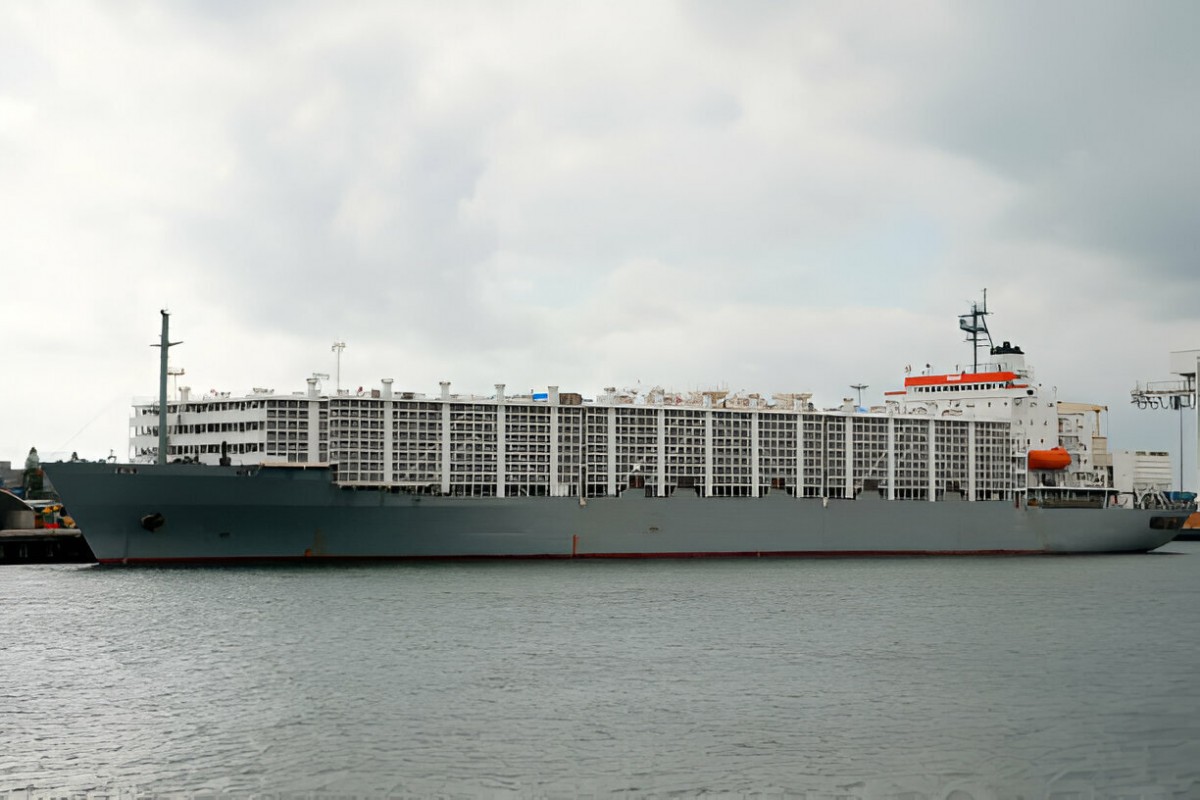
Livestock carriers are equipped to transport live animals with ventilation, feeding systems, and water supply.
- Features: High safety standards to maintain animal health.
- Applications: Transporting livestock.
9. Chemical Tankers
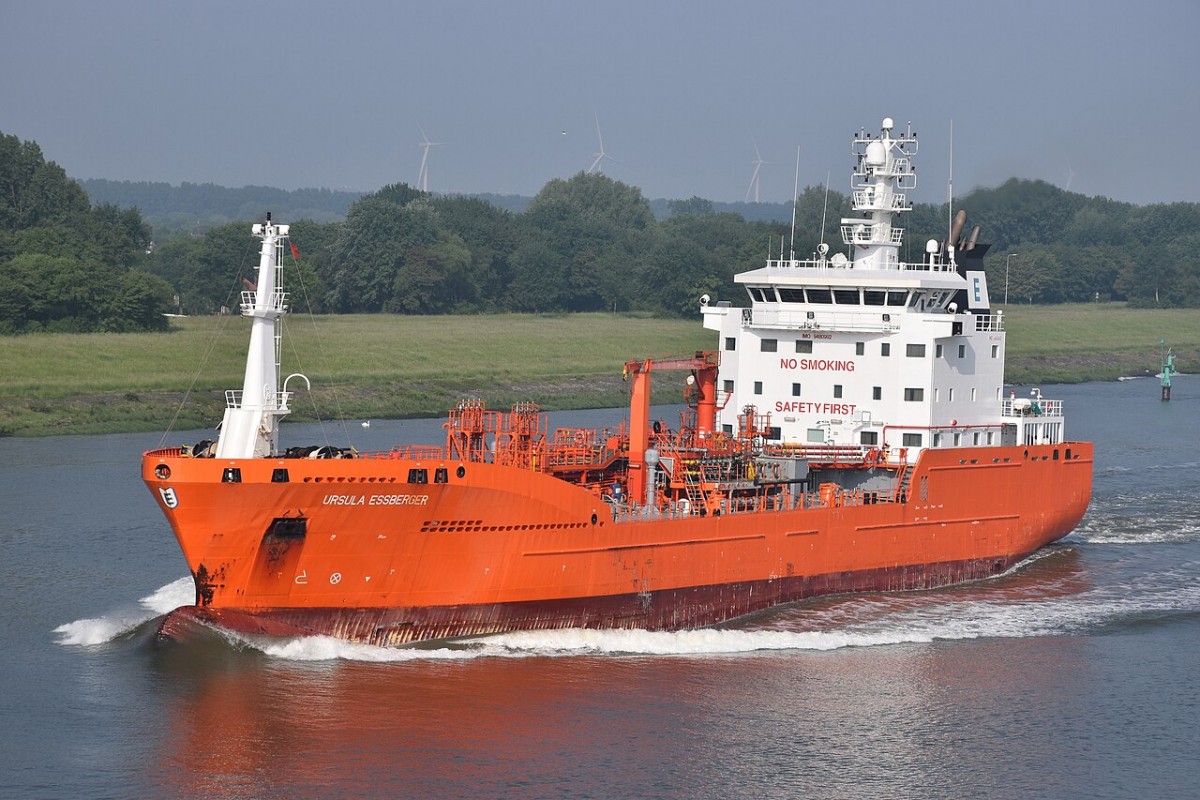
Chemical tankers are built to transport hazardous and specialized liquid chemicals.
- Features: Corrosion-resistant tanks and advanced safety systems.
- Applications: Chemicals requiring strict handling protocols.
10. Reefer Ships
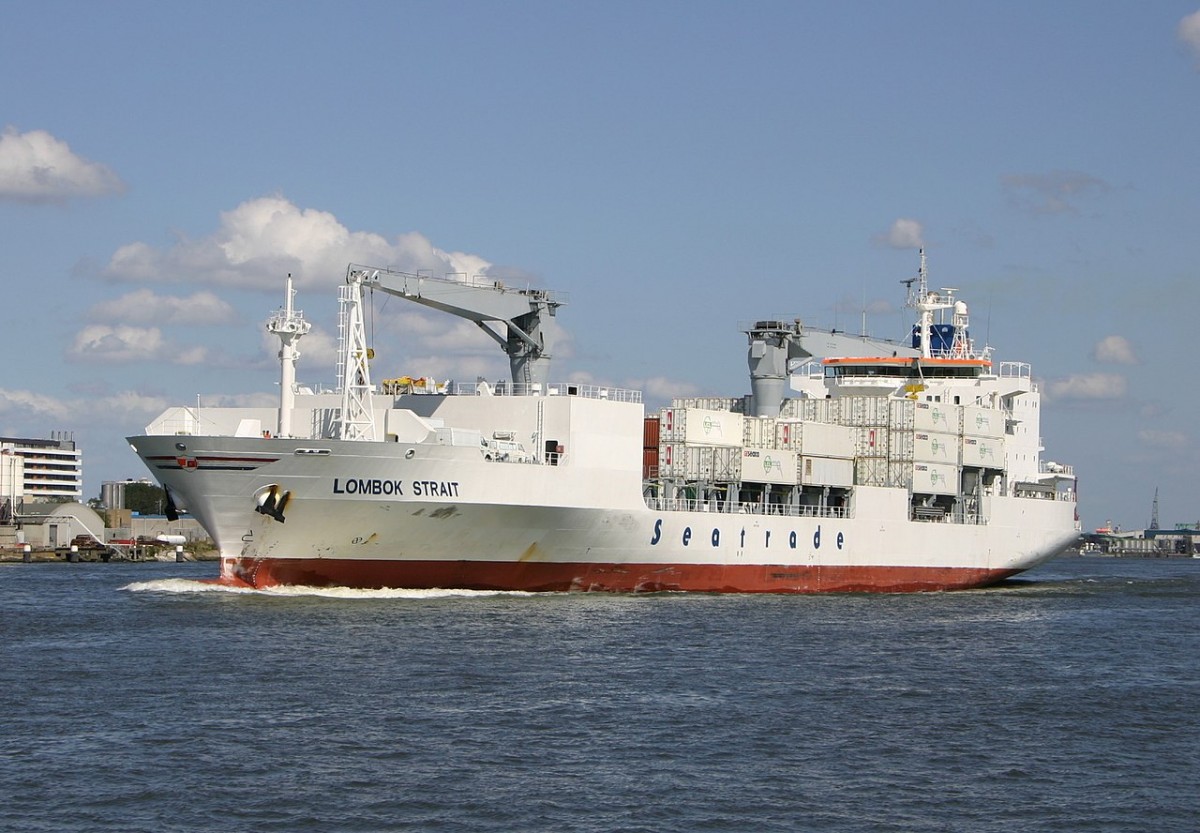
Reefer ships, or refrigerated vessels, are used for transporting perishable goods like fruits, vegetables, meat, and pharmaceuticals.
- Features: Temperature and humidity control systems.
- Applications: Goods sensitive to temperature changes.
11. Semi-Submersible Ships
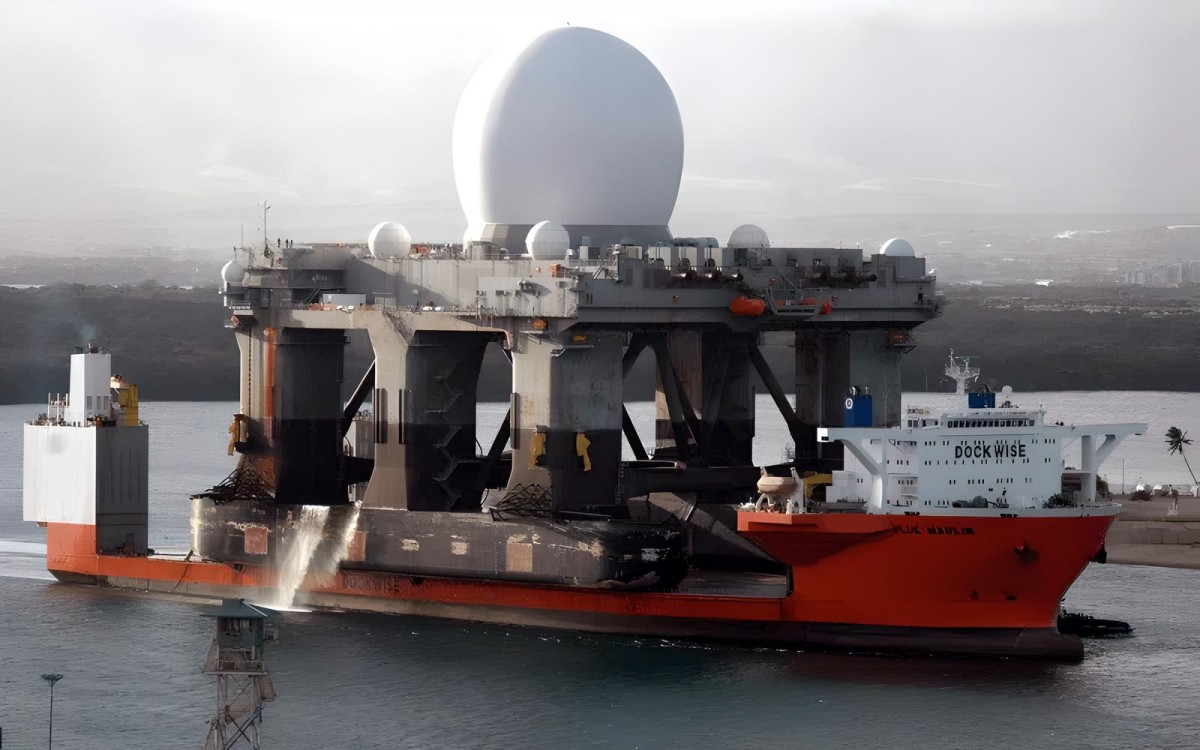
These ships are designed for transporting heavy structures, such as oil rigs and damaged vessels.
- Features: Can submerge partially for easy loading of large items.
- Applications: Heavy industrial structures and equipment.
Cargo ships are essential components of global transportation, catering to the diverse needs of supply chains. Among them, refrigerated ships play a key role in preserving the quality of perishable goods, ensuring safe delivery.
With advanced temperature control systems and precise insulation, these vessels provide unmatched reliability in the transportation of sensitive goods. Despite higher operational costs, their value in international trade is undeniable.
As technology advances and efficiency improves, the future of reefer ships and maritime transport promises significant progress, further simplifying global trade.

